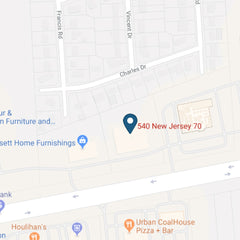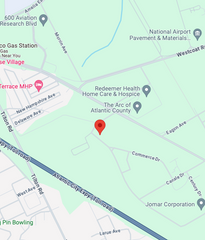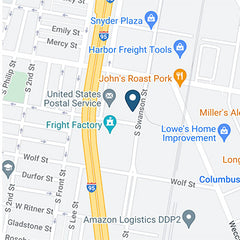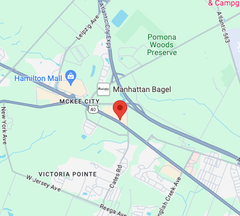Roller shades are loved for their clean appearance, versatility and premium style. They look equally as beautiful in a minimalist space as they do under drapery panels in a traditional setting.
Roller shades add a contemporary yet classic look to any room of the house. They're nice and sturdy and of course come in a variety of colors, fabrics and designs. So, let's see the differences between the types.
Sonnette™ Roller Shades

Sonnette™ Cellular Roller Shades gently diffuse light through an innovative curved shape; providing ambiance and character while dispersing light to all angles of your room.
Designer Roller & Screen Shades

For excellent UV protection while maintaining your view of the outdoors, our Designer Screen Shades are available in varying levels of opacity. Offering a minimal yet sophisticated shade with light control and style—a perfect roller screen shade for your patio or sunroom.
But even with how great they are, there are some helpful tips for roller shade upkeep.
Dusting
-Regular light dusting maintains a like-new appearance for most blinds, shades, shadings, sheers, shutters and window panels.
*Good for both Sonnette™ and Designer Roller Shades
Injection/extraction cleaning system
-This type of cleaning injects a cleaning solution into the fabric and immediately extracts the dirty solution. It's a very effective way to keep your window treatments clean. The service is typically performed in the home so there is no need to remove the window treatments and bring them anywhere for cleaning.
*Good for Sonnette™ Roller Shades
Spot cleaning
-To spot clean, use a soft cloth or sponge moistened with lukewarm water (add mild detergent if needed). Then blot gently to avoid creasing or damaging the fabric as rubbing can easily damage fabrics.
*Good for both Sonnette™ and Designer Roller Shades
Compressed Air or Hair Dryer
-Use this method to blow dust off selected window treatments.
*Good for both Sonnette and Designer Roller Shades
Bathtub Cleaning/Water Immersion
1.) Immerse entire shade assembly in lukewarm water with mild detergent. Then wash for 5 minutes by gently moving liquid around with your fingers. (Not recommended for blinds with decorative tapes.)
2.) Rinse with clear water
3.) Close shade before removing from rinse water
4.) Hold rails and tilt the shade to allow excess water to drain off
5.) Re-install damp shade into window opening
6.) Lower shade all the way to allow it to dry completely
*Good for Sonnette™ Roller Shades
What Are Roller Shades? A History
Now you know how to clean and maintain your roller shades, and know that the different types benefit from certain cleaning methods. But did you know where roller shades came from?
Roller shades began in the early 1700's and were manufactured in Glasgow, Scotland, using Holland linen. This led to the popular name "Scotch Holland." The first "Scotch Holland" linen roller shade didn't include the spring mechanism we're all familiar with today. Instead, when the shades were closed, the fabric just laid in folds on the window ledge. Then to open the blind, there was a cord you had to pull that was attached to the top rod. And if you wanted the shade to stay open, you had to wrap the cord around a cleat—which is something that is still widely used today with many blinds and shades.
A lot of work went into the construction of roller shades. At the top, there was a solid piece of wood called a wooden batten and a wooden bar was sewn in the bottom of the fabric. The side hems were sewn by hand to prevent the fabric from fraying. Then brass pins were fixed into each end of the wooden roller and the roller shade was fixed to the wall by means of small brass rims. This traditional process was used in Scotland until the 1980's.
In America, roller shades started popping up in homes around 1780. However they were made out of decorative translucent paper or cloth so the designs could be seen both inside and out. Later on in the 19th century, the shades were painted with romantic and imaginative landscapes. Years later stenciled borders were introduced and were applied by tracing or stenciling—making sharper and cleaner images that we see today.
The operation became easier when the spring roller was introduced, which is what we use now. Goodbye to the days of awkward mountings, string loops and rolling up the fabric by hand. And hello to chic and easy window treatments! So now it's time to choose which roller shade is best for you. Stop by one of our locations and one of our design experts will show you all the different colors and patterns to choose from!




















